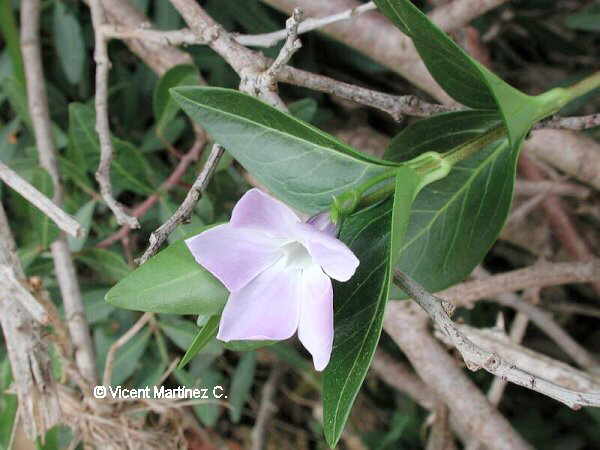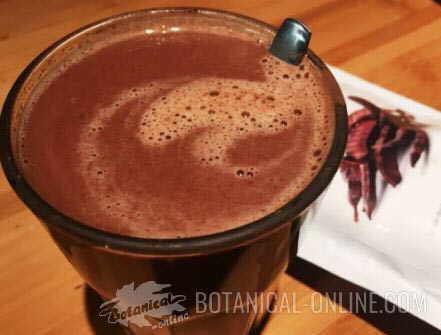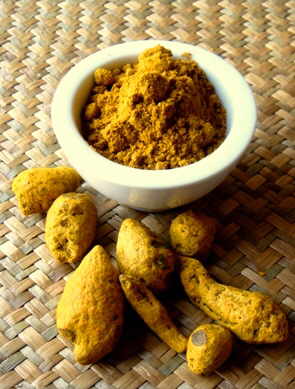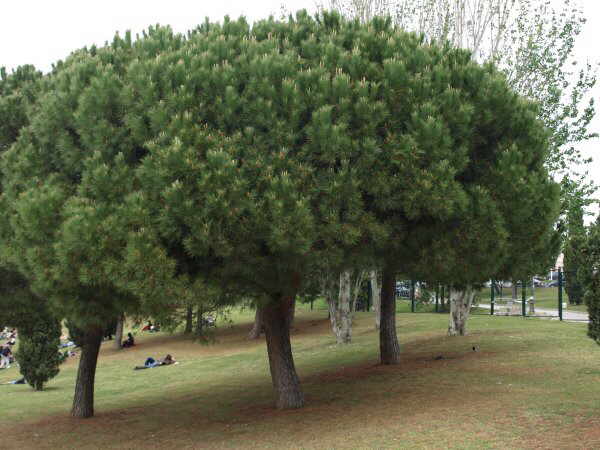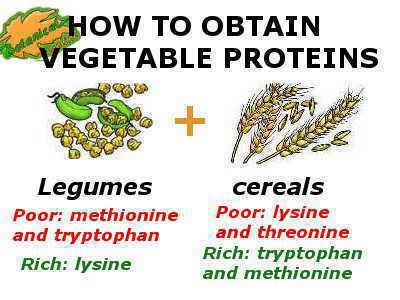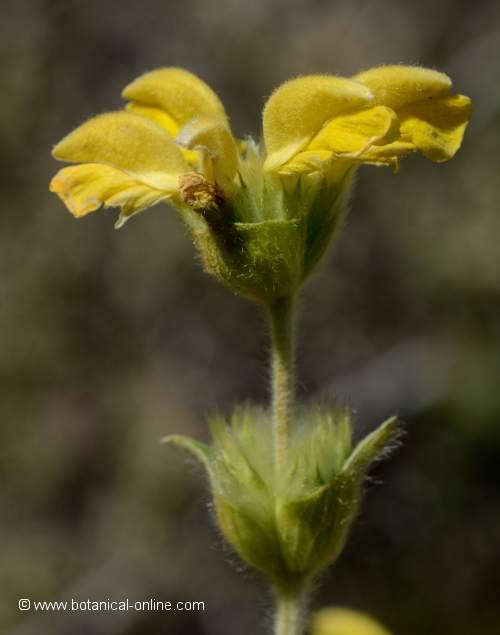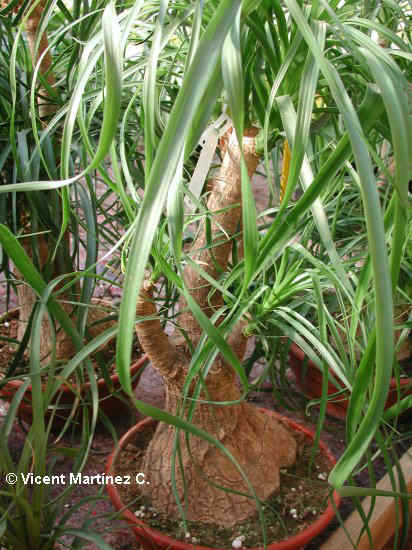Contents
The flavonoids of green tea
CATECHINS: ANTIOXIDANTS BY NATURE
What are catechins?
Catechins are flavonoids that have recognized anti-cancer activity, although its properties are much broader. Among these we could mention anti-arthritic properties, anti-inflammatory, anti-ulcer, anti-, immunostimulant and hepatoprotective.
The richest source of catechins in nature is green tea.
Types of catechins in green tea
The most interesting catechins are epicatechin, epicatechin gallate, epigallocatechin and epigallocatechin gallate, components shown in green tea leaves (Camellia sinensis) so that up to 30 % of dry green tea corresponds to these components. Of these, epigallocatechin gallate is the one having greater antioxidant power.
Catechins properties
Cardiovascular: green tea infusions are used as a medicine to treat many diseases related to their properties: atherosclerosis, cholesterol and coronary heart disease (its ability to prevent clots in the blood vessels decreases the chance of cardiovascular diseases)
Cancer: Its influence on the reduction of cancer is evident in countries like China, where green tea is usually taken as the main beverage. China has the lowest rates of prostate cancer in the world. Tea has also been proven to prevent the development of cancer cells in the stomach, breast, pancreas, lung and colon.
Antioxidant: Also very important is the ability of this plant to stop the oxidation and therefore the malfunction of certain vital organs such as the heart, lungs, or kidneys and body cells in general, so tea is one of the best antidotes to deal with aging.
Arthritis: Its antiinflammatory properties, highlights the ability of catechins to improve conditions for certain diseases such as arthritis.
Obesity: It has been associated green tea with weight loss diets for the role of caffeine (theine) as a stimulant. Recent studies seem to conclude that the catechins have a thermogenic effect, that’s to say, they increase body temperature, which, by activating the metabolism, helps you lose weight . Scientific studies have shown that the effects of catechins in green tea increase energy expenditure and fat burning.
It seems that catechins would have a more important role as weight regulators than caffeine (= teine) . For this reason, people who want to lose weight can help this purpose by drinking 1 liter of green tea (infusion of dry leaves of green tea. Drink it all through the day, cold or hot).
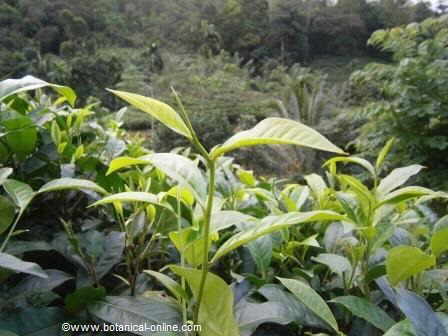
Photo of green tea plant (Camellia sinensis)
What kind of tea contains more catechins?
We have to make clear that the amount of catechins contained in green tea is almost double than those that can be found in red tea or black tea. The last two tea types have been subjected to a fermentation that has removed some of these components.
Sources of catechins
Green tea is the only source of epigallocatechin gallate, the major catechin type of antioxidant. Some dietitians recommend the ingestion of green tea extract (especially epigallocatechin gallate) for the body to get the catechins that are necessary. Daily doses of catechins are between 125 and 250 mg daily. Is supplied as a powder, sachets, capsules, etc..
Other foods that contain catechins are: cinnamon, hops, St. John’s wort, brambles, cocoa or vine (these foods contain epi type catechins)
Toxicity of catechins: contraindications
Pregnant or lactating women should not take supplements of catechins.
These supplements thin the blood, so people with blood clotting disorders or those who are taking blood thinners such as aspirin should not take them.
It is not convenient to provide them previously to surgical operations.
Its use is not suitable with the ingestion of caffeine as the stimulant effects can cause digestive discomfort or migraine.
People with anemia should avoid drinking too much green tea as tea catechins inhibit the absorption of iron. In case of green tea, it is recommended to take it away from meals to have no influence on iron intake.
![]() More information on components of medicinal plants.
More information on components of medicinal plants.
MAIN FLAVONOIDS | ||
| Beta carotene | Alpha-carotene | Lycopene |
| Lutein / Zeaxanthin | Capsanthin | Catechins |
| Cryptoxanthin | Anthocyanins | Rutin |
| Quercetin | Hesperidin | Resveratrol |

